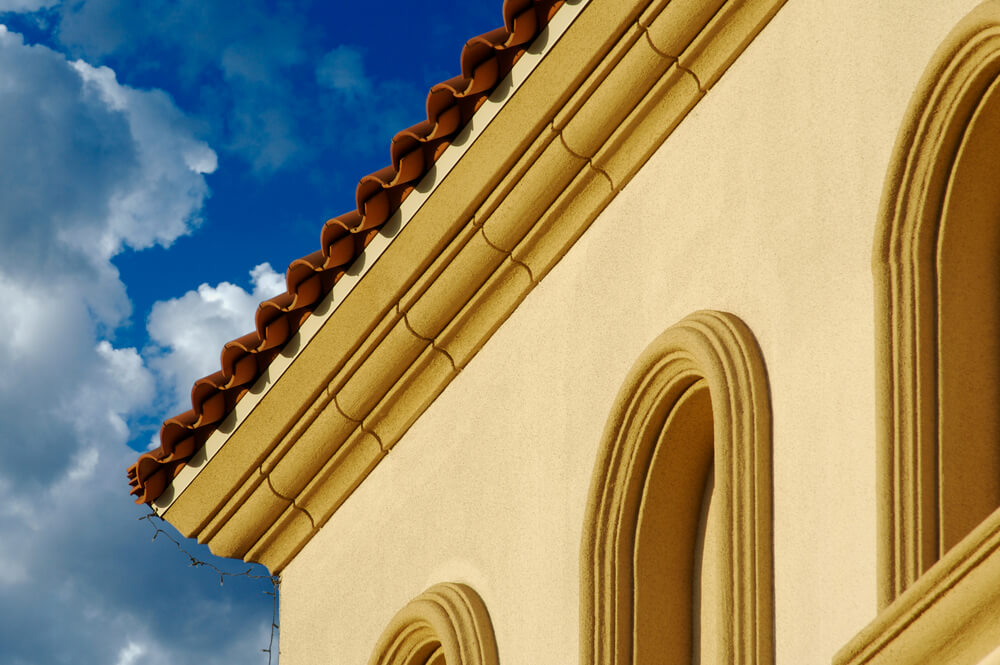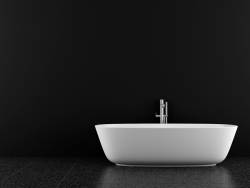Are Render and Stucco the Same Thing?
People who are new to the construction world are often subjected to unfamiliar terms like render and stucco. These terms are quite confusing at first and should be explained thoroughly to those people who don’t fully understand their meaning.
A common misconception among people who are not that familiar with construction believes that stucco and render are practically the same thing. Well, the truth is that even though they are basically the same, they do have some dissimilarities, explains professional renderers in London, First Renderers Ltd.
Difference between Render and Stucco
According to PCA, stucco is commonly referred to as a term used to describe a Portland cement plaster that is used as external finishing for residential homes and buildings. This finishing material is composed of water that is mixed together with sand and Portland cement components to form a plaster. The mixture that is formed through this process produces a hardened surface that is fire, rot, and rust-resistant.
Based on the information provided by NPS, the term stucco is widely used to describe exterior plastering in the United States since the nineteenth century. It gained a lot of popularity due to its durability, versatility, and cost-effectiveness.
At present, render and stucco are commonly used terms to describe external wall plasters, with the term “render” being popularly used in the UK, while the term “stucco”, which is a word that has German origins, is commonly used in Europe and the USA.
Now, even though these terms describe a similar function and process, they do have a small difference in which the term “render” generally tends to contain a mixture that has more sand components than “stucco”.
Types of Stucco
Stucco generally has two main types, traditional stucco, and synthetic stucco.
Traditional Stucco
According to Wikipedia, traditional stucco was originally comprised of lime, sand, and water. However, through the years, cement was added to the mixture making it more durable and more appropriate to use on external wall surfaces.
A traditional type of stucco is harder and stronger than the synthetic type. However, if no mesh base or lath layer is applied before the stucco, this protective covering will crack and create damages on your wall.
This type of stucco is similar to the cement and lime type render. They are both thick coat protective layers that are strong and durable but less flexible than synthetic types.
Synthetic Stucco
The second type of stucco is called synthetic stucco. This type of stucco does not use lime and cement but rather use synthetic components like acrylic resin. Synthetic stuccos are water-resistant, quick-drying, and can be applied using foam boards instead of mesh base layers or lath.
This type of stucco is more flexible than traditional stuccos and is less prone to breaking and damages. It can be premixed with a variety of colors eliminating the need to paint over it.
Synthetic Stuccos are applied thinly over wall surfaces and are similar to Acrylic, Monocouche, and Silicon renders.
Types of Stucco Finishes
In addition to the two main types, stucco also offers a variety of different finishes that you can choose from.
Float or Sand Finish
The float or sand finish is the most common type of stucco finish. It is a versatile type of stucco finish that can be used on traditional and synthetic types of stucco with the application of just a single coat.
The float or sand finish is ideal for those that want to apply a great looking stucco finish to their external walls quickly and easily.
Lace and Skip Finish
This type of stucco finish is commonly used in residential and commercial buildings. It is a rough type of stucco finish but it conveniently hides surface imperfections due to the variety of textures used on the external walls.
Dash Finish
This type of stucco finish is applied through spraying. It produces a unique surface wall appearance and can be used for both the traditional and synthetic type of stucco.
The Dash finish is great for those that are worried about breaks and cracks from appearing on their external walls.
Smooth Texture Finish
The Smooth Texture finish is one of the hardest finishes to produce. This type of finish can be mottled, colored, and customized to accommodate your aesthetic preferences. It works best on synthetic stuccos but it can also be applied to traditional stuccos that use fine cement in their mixture.
Santa Barbara Finish
This type of stucco finish can only be used on a traditional type of stucco. It utilizes fine sand components to produce an adobe looking surface.
The Santa Barbara stucco finish produces a very smooth and fine texture, but because of its smoothness, cracks that appear on the wall will become more visible to the eye.
English Finish
This type of stucco finish is commonly found in older houses and buildings. It is more sophisticated than the other types of stucco finishes and can only be applied on walls that are applied with traditional stucco.






















